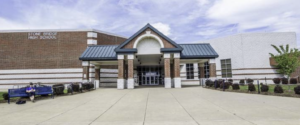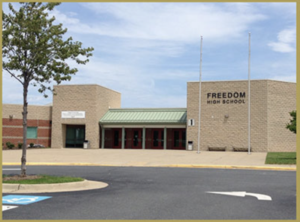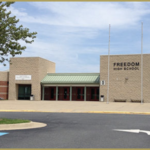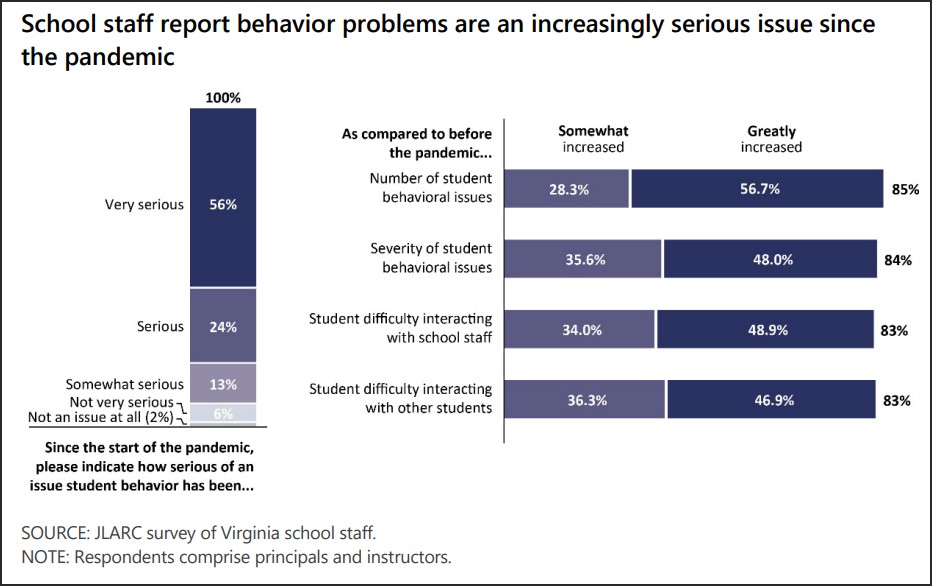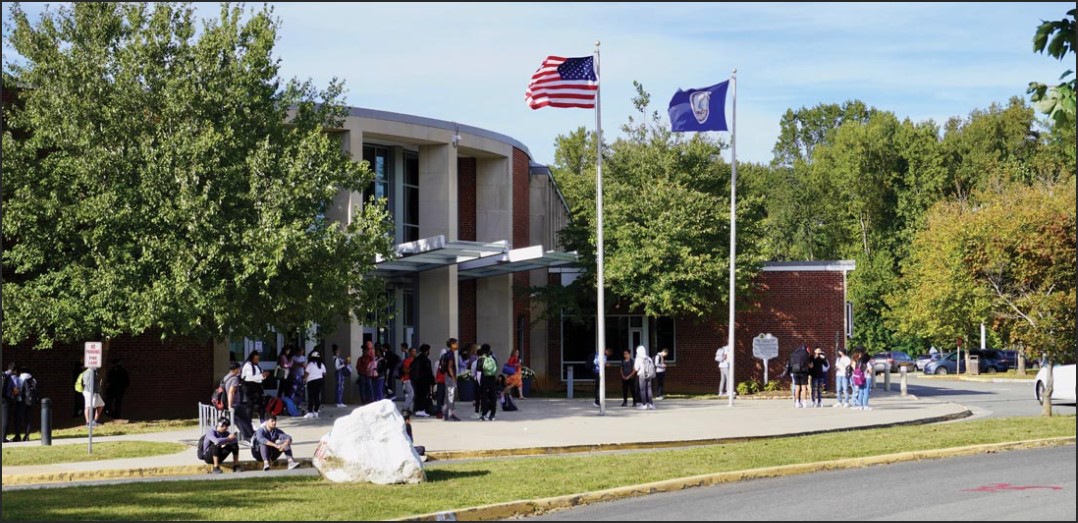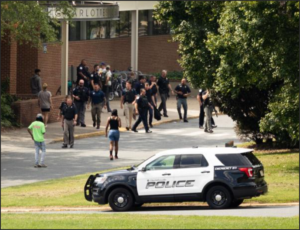by Kerry Dougherty
Looks like Virginia Attorney General Jason Miyares just turned up the heat on Loudoun County.
When he was elected, Gov. Glenn Youngkin signed an executive order calling for an investigation into what happened in Loudoun County Public Schools, where an alleged predator in a skirt reportedly got a pass for raping one girl in a girls’ bathroom and was then shuffled off to another school where he allegedly assaulted a second victim.
On Monday a special grand jury convened by Miyares unsealed indictments against both Loudoun County School Superintendent Scott Ziegler — who was fired last week after the release of the grand jury report that called him “incompetent” and a “liar” — and LCPS spokesperson Wayde Byard who was suspended from his job yesterday.
They face criminal charges for allegedly making false statements. There are other charges against Ziegler.
Investigative reporter Luke Rosiak, who broke the Loudoun County story when most of the corporate media ignored it, claims that the alleged victims have been ignored by school officials.
The father of the first victim, Scott Smith, was thrust into the limelight after he was arrested at a June 22, 2021 school board meeting where Ziegler denied awareness of any bathroom rapes, despite having intimate knowledge of the attack on Smith’s daughter a month prior. But the second girl, who was dragged into an empty classroom, choked, and sexually assaulted in October 2021 at Broad Run High School, has remained silent publicly except for remarks at the assailant’s sentencing in court.
On Monday, her family issued a searing statement through their lawyer, Patrick Regan, saying that no school board members or officials had ever reached out to their daughter to ask how she was doing or express sympathy.
“With the release of the Grand Jury report, the public now knows what we have suspected since the start of this tragic event – that what happened to her on October 6, 2021 could have and should have been prevented,” the statement read.
“Over the last 14 months since our daughter was assaulted, not one member of the school board, LCPS administration, or even our local high school leadership has reached out to check on how she is doing, lend any type of support or even apologize for what we are going through as a family. That alone speaks volumes to what we have endured throughout this ordeal.”
Continue reading →



